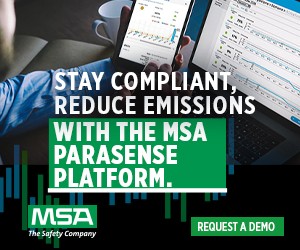IIAR Remembers
Klaas Visser, known to the natural refrigeration industry as a relentless environmental advocate who is credited by many for helping lead the renaissance of CO2, as well as a tireless innovator who introduced pivotal new refrigeration system designs, has passed away at the age of 83.
Read More

















